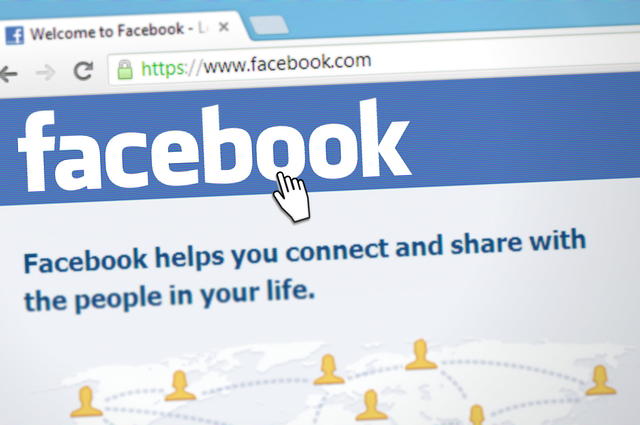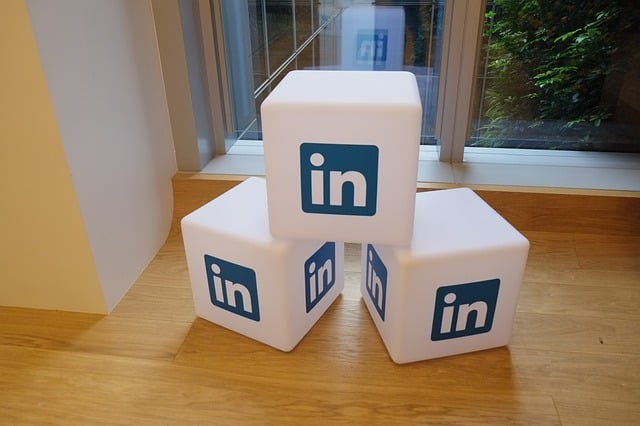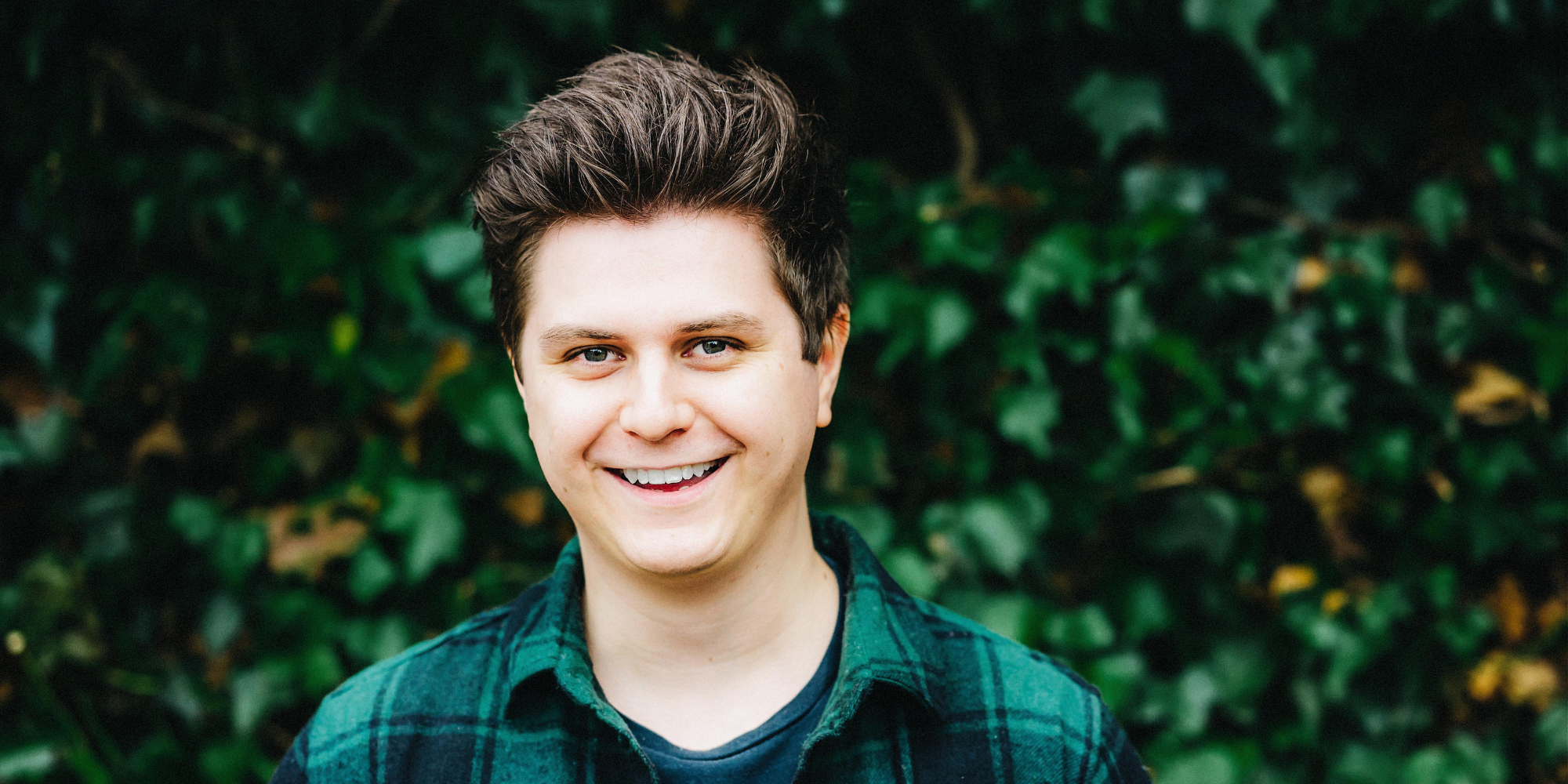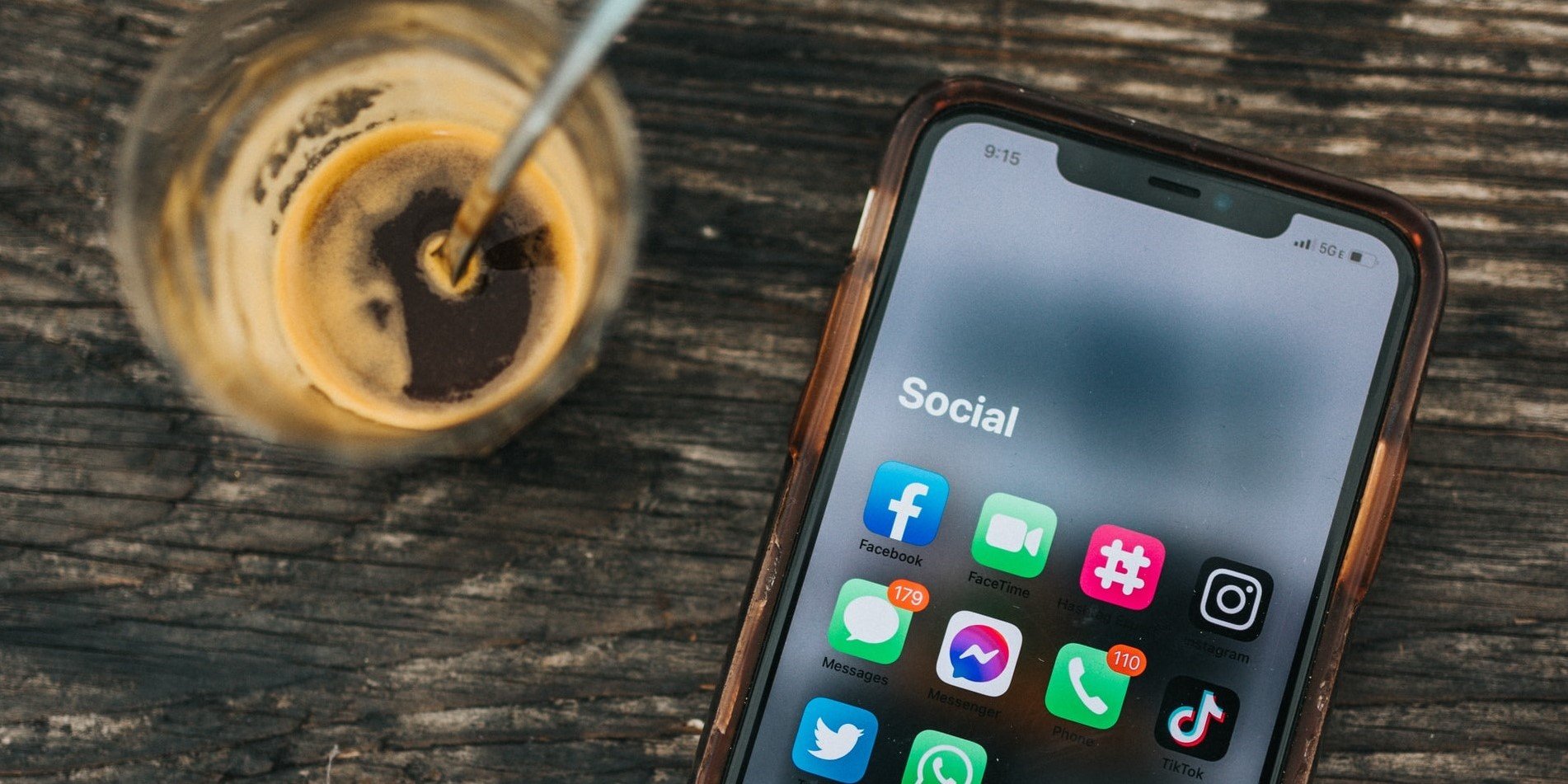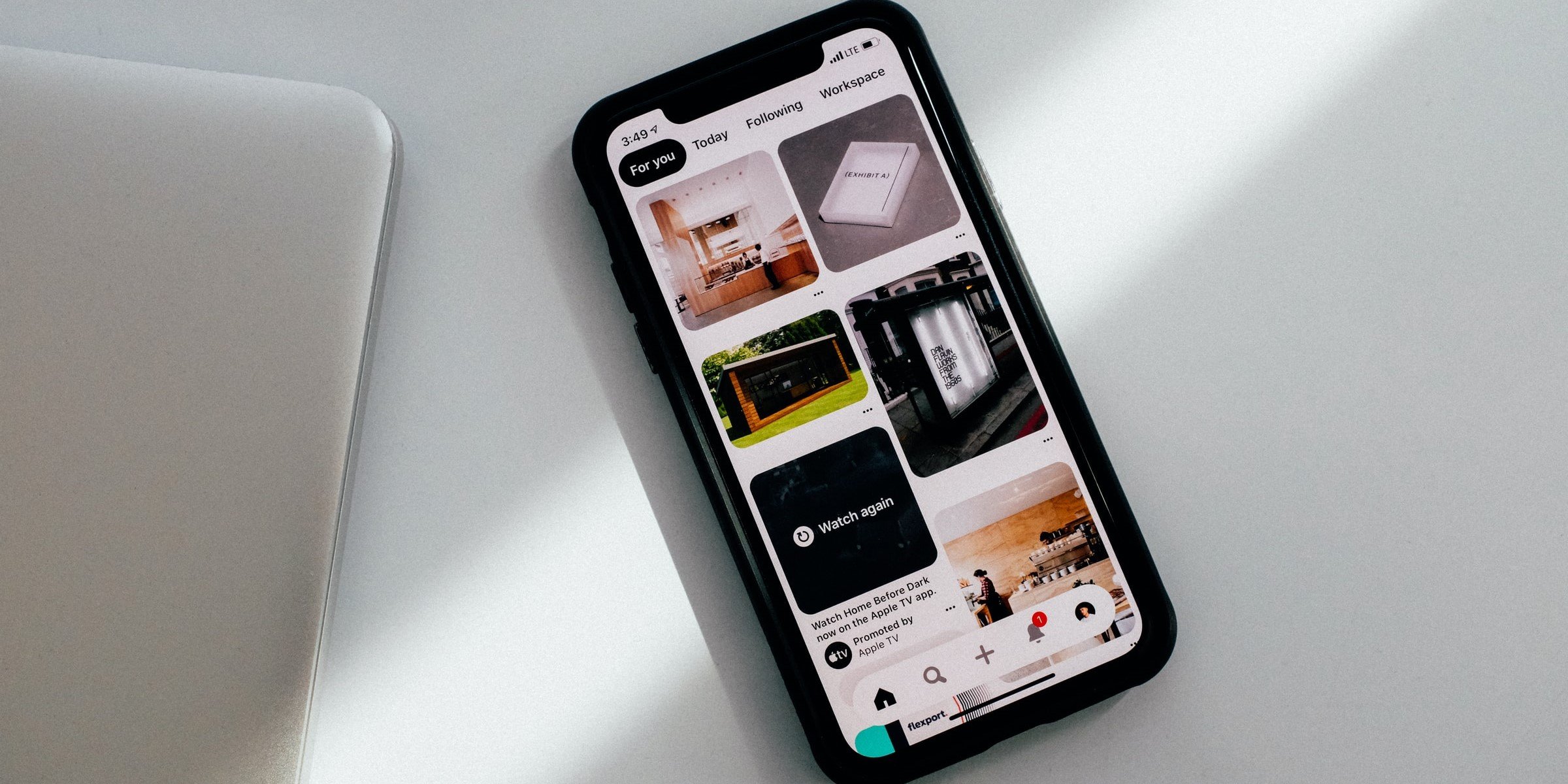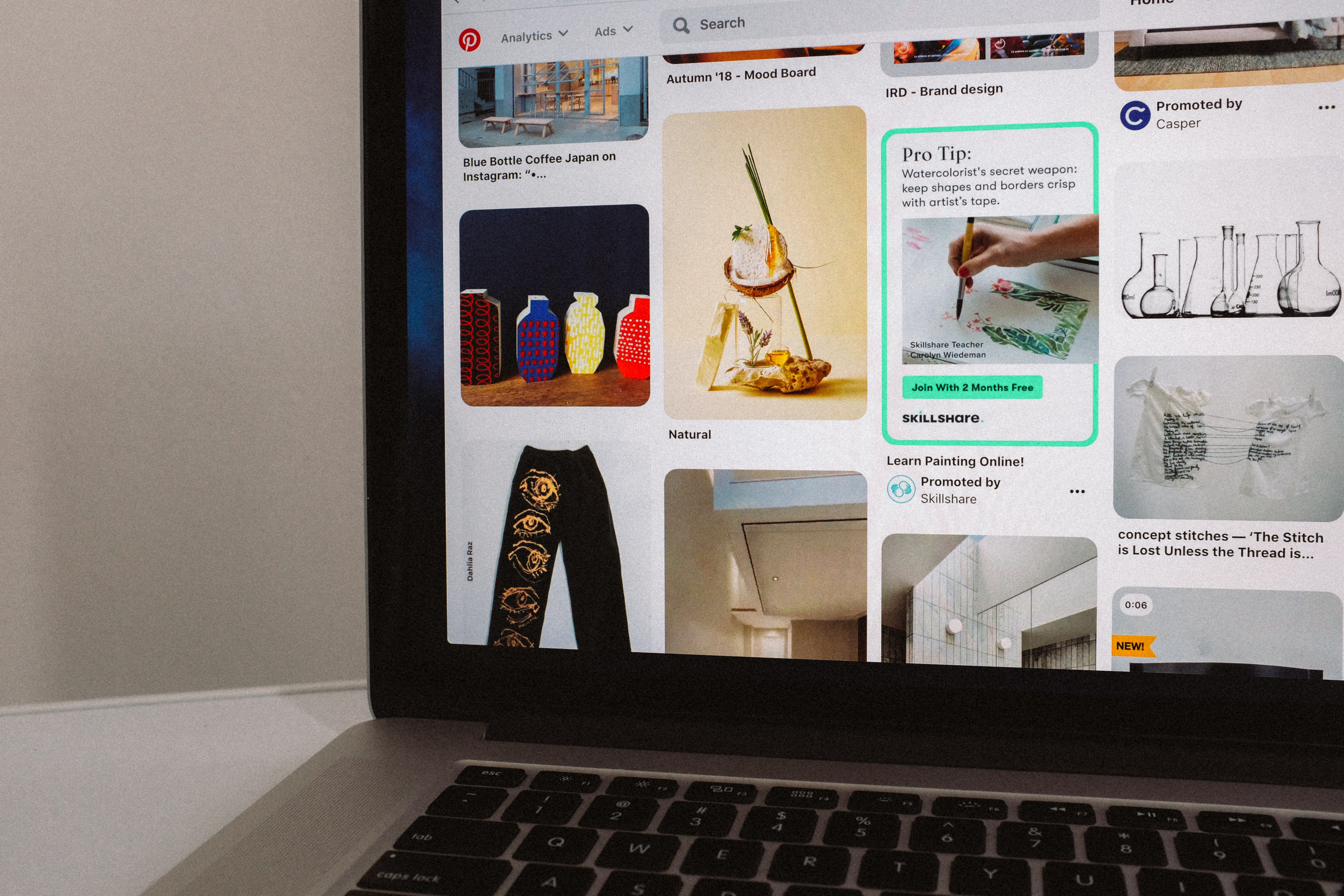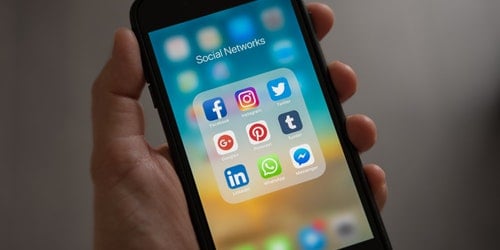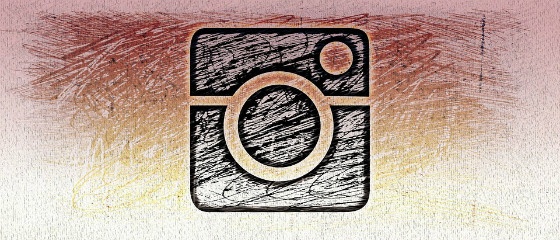Want to integrate paid advertising with your organic social strategy? Not sure where to start? Alison Booth and Amy Dugmore explain…
While more and more brands are keen to explore the potential of social media marketing, knowing where to start can be a challenge. Should you invest in paid social media advertising? An organic strategy? And which platforms should you choose?
Increasingly, smart brands are choosing an integrated organic and paid social strategy to help them get the most from their social efforts.
In this post, we review the main three platforms – Facebook, Twitter and LinkedIn – and show how you can use them to integrate paid and organic social strategies.
The Role of Paid Social Vs Organic Social
Organic and paid social media serve two very different purposes, which is why using both methods together will give you the best opportunity to meet your objectives:
- Paid social: Increase message reach to audience not already following you – and increase audience size. The best method for delivering high priority promotional messages.
- Organic: Engage and retain your followers – deliver fresh content on a regular basis. Build your community and turn followers into customers.
With the largest consumer audience of all social platforms, Facebook is ideal for e-Commerce/retail clients – particularly B2C brands.
It provides brands the opportunity to reach the user at an earlier stage in the buyer cycle – before they are ready to type the name of your product or brand into a search engine. As such, it’s an effective platform for driving brand awareness, because you can reach consumers at the discovery phase in their journey.
As a recent study suggests, Facebook is the leading online platform for content discovery – nearly half of US adults surveyed said Facebook was…
- …the online source where they expect to find most new information
- …the best platform for connecting with information they wouldn’t be aware of
- …the best platform for finding information that’s relevant to their interests.
When you consider that Facebook has 1.4 billion users (at Statista’s last count), that adds up to a whole lot of people who are potentially looking for your products or services.
But if the idea of such a huge consumer audience sounds daunting – don’t worry. The platform’s targeting options help you to narrow down the options to the specific audience you need to reach. These include: age and gender, marital status, location and interest. Additionally, it’s the only social platform which allows direct competitor targeting, meaning that you can target your content to fans of your competitors’ pages.
And once you’ve got those fans to your page? Use organic social content to engage users with entertaining and informative updates. This will help you to retain your audience and build a loyal community of fans.
You’ll want to use ‘boost post’ (a paid tactic) to increase reach of organic content updates. This is particularly important following changes to Facebook’s newsfeed algorithm in January 2015, which deprioritised promotional organic content.
With the most diverse user-base of all the social platforms, Twitter is a worthwhile option to explore for both B2B and B2C brands, whether you’re lead-gen or e-Commerce focused.
However, knowing exactly who you are reaching with your content can be particularly challenging given that both business and consumer audiences are active here.
As with Facebook, using paid, targeted posts is the key to bringing your most important content to the attention of a specific audience – and to growing your following among the right audience. However, targeting works very differently to Facebook – demographic data is limited, and one of the main ways to target relevant users is with “lookalike audiences” – audiences who share a similar profile to the followers of a specific @username.
This targeting can be used to promote two types of paid ads:
- Promoted Accounts are used to increase your follower base through promotional tweets which highlight the benefits of following your brand.
- Promoted Tweets are used to send your tweets out to a wider audience in line with your campaign objectives.
But Promoted Tweets alone aren’t enough. Twitter is the fastest-paced social platform of them all. To keep in touch with your audience and ensure that your content gets maximum visibility, frequent updates are needed. This means a sustained calendar of organic content is necessary to engage and retain your audience.
The business-focused social network is ideal for lead gen and also B2B e-Commerce. Beyond its uses for recruitment, B2C brands will struggle to earn meaningful engagement on this platform.
From a paid advertising perspective, LinkedIn offers brands a variety of sophisticated targeting options for reaching the right audience. You can choose to target by location, industry of employment and level of seniority – a particularly useful option when you need to reach decision makers. Targeting by educational institution or courses studied is useful for promotional purposes in the recruitment industry, while targeting groups can be an effective way to reach those with specific interests.
However, be aware that some professions will be better represented than others, for example, engineers in the construction industry are a wider target audience than small business owners within the same industry – and small business owners in the cosmetics industry are a smaller target audience than directors and managers within the same industry.
CPCs are much higher on LinkedIn, which indicates why it is a more cost efficient platform to use for lead gen and high value ecommerce products.
Another way to ensure you get maximum value from paid advertising on LinkedIn is to bolster your efforts with a regular calendar of organic content to keep users engaged. Consider creating showcase pages to segment your audience by product or service used – this allows you to create even more targeted content. Most importantly, each showcase page can be promoted individually via paid activity, allowing you to simultaneously reach several communities from one LinkedIn account. Just remember that you’ll need to maintain a steady stream of organic content updates to each showcase page to keep your audiences engaged.
And don’t forget your brand advocates – encourage them to share your content with their networks, further increasing the reach of your LinkedIn content. Advocates might be employees, partners or existing customers – and they can all have an important role to play in amplifying the reach of your social content.
Conclusion
Facebook, Twitter and LinkedIn all enable brands to reach their audience via a combination of paid and organic tactics.
But in many ways, that’s just the start. Look out for new paid social options coming to Pinterest (still in beta in the US), and Instagram (trialled by some UK brands). For consumer brands in particular, these will offer a powerful way to integrate existing organic activity with paid amplification.
Whether B2C or B2B, the key to choosing the right social platforms is to weigh up the audience size and type, together with the targeting options. Once you know whether a platform will help you to reach your audience, you can focus on integrating a mix of paid and organic content into your strategy.




